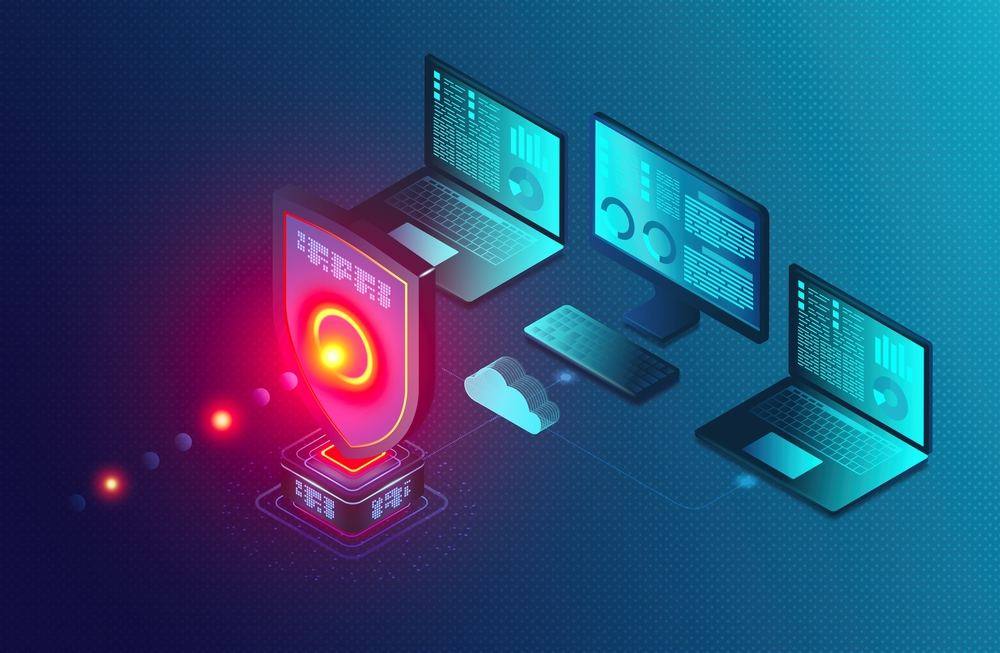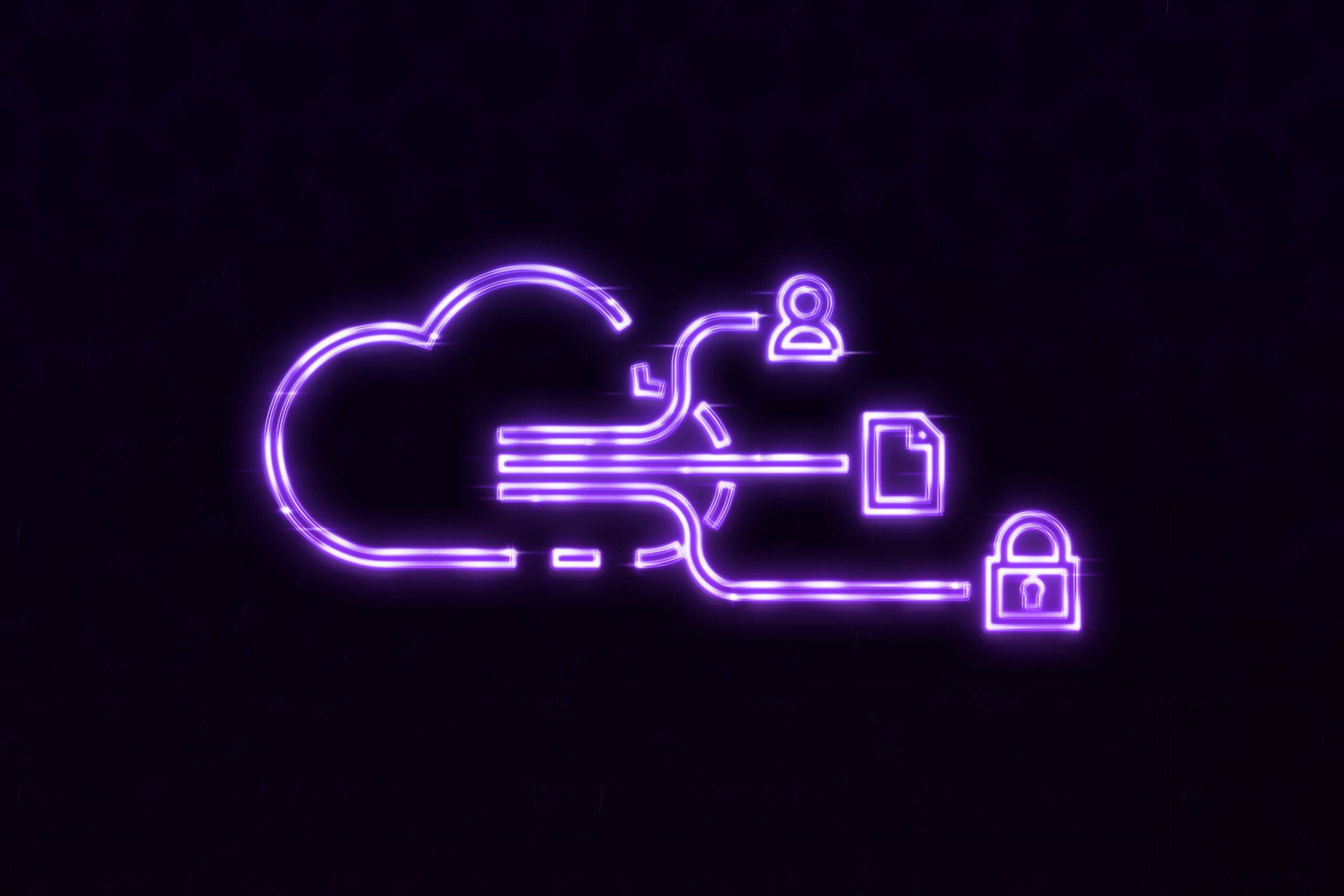What Is Microsoft Endpoint And Why Your Business Needs It

Is Microsoft 365 the gift that keeps on giving?
If your company has a distributed workforce and wants to bolster your cybersecurity fortress with cloud solutions, then yes it is.
Microsoft Endpoint Manager means you can secure every device on your network via the cloud and get rid of the unreliable and expensive on-premise server.
I’m not going to bang on about the virtues of cloud computing versus traditional on-site servers. Not again! But if you do need to weigh up the pros and cons read this article.
In short, Microsoft Endpoint Manager supports a hybrid model by reinforcing cybersecurity, expediting onboarding and stripping the time it takes to perform menial tasks to a minimum.
If that’s piqued your interest, let’s dig into this.
What is Microsoft Endpoint Manager?
Microsoft Endpoint Manager unifies Intune and System Center Configuration Manager so that Microsoft 365 subscribers can use both platforms from a single interface.
The overriding idea is to make it easier for IT teams to take advantage of both platforms without having to switch from one to the other. Endpoint basically makes it easier to secure and manage desktop and mobile environments that have been given permission to access your business network.
If you’re not already familiar with these applications, Intune is cloud-based device management that provides security features and access control that prevent unauthorised users from accessing certain parts of a business network.

Intune makes it easier to enrol users, assign certificates, check user compliance and remotely wipe sensitive data from lost or stolen devices. You can even check and configure the health and security of your employee’s devices remotely.
Configuration Manager allows IT teams to configure client and managed devices so you can improve how hardware and software function together with automating menial tasks.
Microsoft Endpoint Manager also utilises other tools such as Windows Autopilot which utilises Active Directory to solidify your security measures and creates default images to customise new devices.
This tool can significantly reduce the time it takes to customise new devices you’re onboarding, restore data and user access such as when an employee forgets their passwords. AutoPilot intuitively connects authorised device profiles with Active Directory, Intune and other apps.
What are the benefits of Microsoft Endpoint Manager?
Microsoft Endpoint Manager is basically a combination of advanced features within the Microsoft 365 ecosystem. Its objective is to improve cybersecurity and speed up certain protocols.
The platform is designed to secure remote devices that access your IT infrastructure and keep out unauthorised users attempting to infiltrate your business network.
In addition to Intune and Configuration Manager, the key features that Endpoint Manager delivers are:
Microsoft Defender
Designed to provide advanced security solutions in a cloud environment. Backed by some of the world’s leading cybersecurity intelligence, Microsoft Defender is a new-generation antivirus and malware defence tracker that keeps your endpoints protected by delivering automated security alerts so that IT experts can identify vulnerabilities in real-time.
Azure Active Directory (AAD)
Azure Active Directory is a zero-trust security tenant that considers everyone accessing the network as a potential threat. The ultimate goal is to prevent unauthorised access using IT control the access that is managed by appointed administrators within your organisation.
By activating Conditional Access App Control in Azure AD, you can compartmentalise your IT infrastructure so that only authorised personnel are able to access certain areas.
For example, your most sensitive data such as intellectual property, accounts, client data can only be accessed by relevant parties; C-suite executives, accounts personnel, HR, marketing etc. Employees in marketing would not need access to your accounts application and HR would not need access to a customer’s email address.
When you onboard devices onto your system they are awarded an identification certificate which can be permitted access or blocked from apps, files and folders through configuration protocols.
Endpoint Analytics
Endpoint Analytics is a really useful tool for maintaining productivity levels but is probably underused. This is a tool that provides analytics for each device on your network and highlights which devices are underperforming.
This enables IT professionals to identify devices that are operating slower than expected or eliminate potential problems that may render a device impotent. And because the software is in the cloud you can do all this from a remote location.
The key benefit of Endpoint Analytics is that you can prevent device crashes by fixing issues before they become a problem. This will negate the need for employees to generate a help desk ticket, ensure they maintain productivity levels and reduce IT support costs.
How Can You Get Access to Microsoft Endpoint Manager?
Microsoft Endpoint Manager is not a new licence. It’s available through Microsoft 365 Enterprise plans E3, E5 and F3 plans.
If your company is already using Intune or Configuration Manager, you can access them both from the Endpoint Manager interface. For IT teams that are already onboard but not familiar with the admin center, Microsoft has provided this Endpoint Manager ‘walkthrough’.
Microsoft also recommends adding several trusted admin users that will be responsible for awarding relevant permissions. This should be your first step to securing endpoints.
To grant admin permissions, follow these steps:
Sign in to the Microsoft 365 admin center with a global administrator account > select Users > Active users > choose the user to give admin permissions.
In the user pane, choose Manage roles under Roles.
In the Manage roles pane, choose the admin permission to grant from the list of available roles.
Click Save changes.
Pricing for Microsoft Endpoint Manager starts at $10.60 per user/month. If you also want to add identity and access management, information protection and identity-driven security, the cost is $16.40 per user/month.
That may sound expensive, but moving your business into the cloud enables you to let go of your onsite server altogether – so cloud computing is probably a far more cost-effective IT security solution for most companies switching to a hybrid model.
Is switching to the cloud a cost-effective and securer option for your business? Why not give our IT consultants a call to discuss your current IT setup and your business needs.